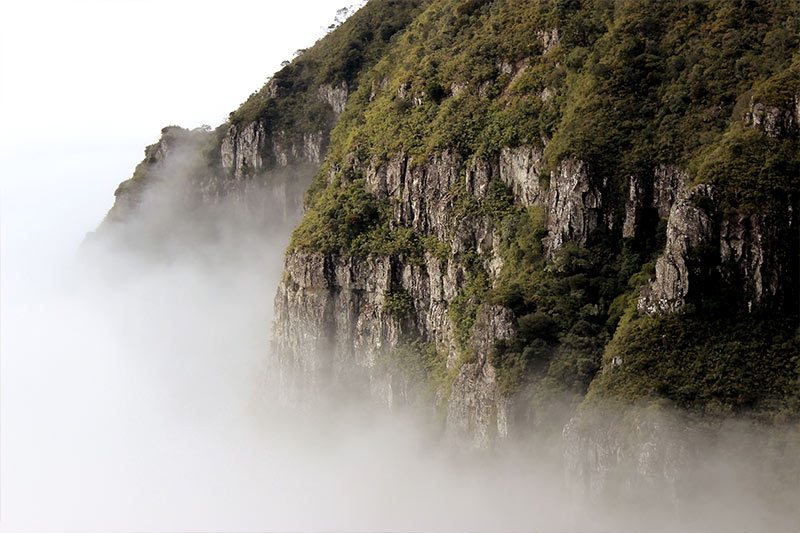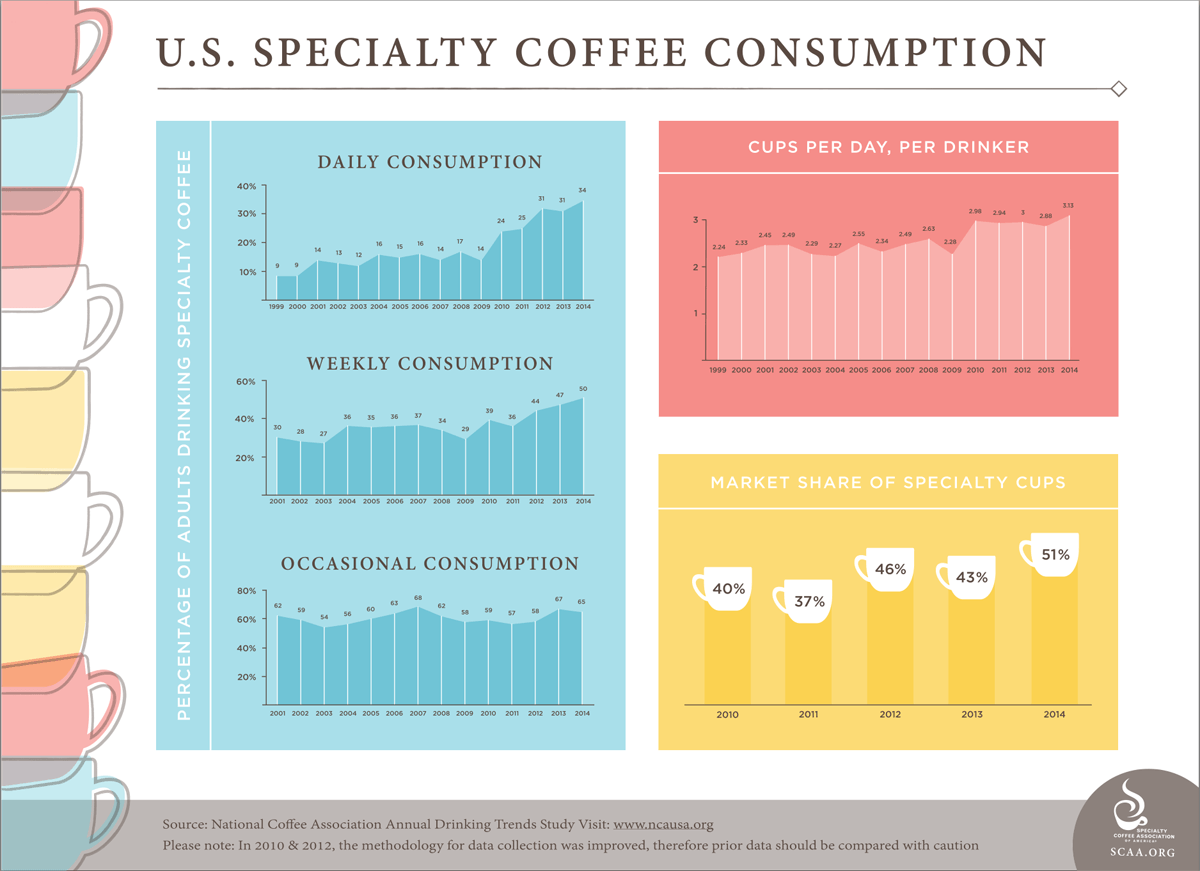Brazilian Coffee: Get To Know Your Coffee Origins

There’s not a single country in the world that grows coffee—or drinks it—like Brazil. It’s been the world’s #1 producer of coffee for over 150 years and recently passed the United States as the #1 consumer of coffee as well. This coffee powerhouse is huge and has an incredibly diverse coffee industry with everything from bottom-of-the-barrel commodity coffee to world-stunning specialty coffee. Yeah, this is going to be an interesting one.
A History Of Brazilian Coffee
Coffee is believed to have arrived in Brazil in 1727 from French Guiana via Portuguese Lt. Col Francisco del Melo Palheta. As the story goes, he seduced the Guianese’s governor’s wife to acquire her help smuggling the seeds across the border—apparently it worked. At first, Brazilian coffee was mainly consumed by European colonists locally. However, as demand grew in Europe and the United States, exports started ramping up. This blossoming demand caused 1802 to be a pivotal year for exports, and by 1820 Brazil was producing 30% of the world’s coffee. Around the mid to late-1800’s, disease devastated the coffee industries of Asia, giving Central and South America the chance it needed to really thrive as a coffee region. In the 1910’s, Brazil was growing 80% of the world’s coffee. Insane! As other producing nations slowly recovered, that percentage came down again, but the country never lost its place as the world’s largest producer.
Time For Innovation
In the early 90’s, Brazil’s government deregulated a variety of agricultural industries, including coffee. This gave farmers a lot of freedom to experiment, find their own buyers, and sell how they wanted. This also opened up the possibility of buying single origin coffees from the country. This deregulation opened the gates of innovation, causing Brazil to become a world leader in coffee research and new processing techniques. To this day, Brazil still produces 30% of the world’s coffee supply.
Brazilian Coffee Growing Facts
One of the interesting contributions of Brazilian research to the world of coffee is a variety of new plant varieties—some hybrid-mutants, some cultivated in a lab—designed for specific climate conditions. Caturra, Maragogype, and Mundo Novo are just a few of these new varieties that are now being grown all over the world. Another innovation is the “pulp natural” processing method. These coffees are pulped but allowed to dry with the fruity mucilage still attached to the bean, skipping the usual fermentation step. This results in a crisp acidity like a washed processed coffee, but also a heavy body and sweetness like a natural processed coffee. This is a great middle-ground between the two methods when it comes to flavor. In fact, all twenty winners of the 2000 Gourmet Cup Brazil Competition were processed using this method—and many high-scoring beans are still pulp natural processed to this day. Brazil’s 50-60 million bags of coffee grown each year (80% of which is arabica) make up 30% of the world’s supply, but an astounding 20 million of those bags stay in the country. 98% of Brazilian households drinks coffee, so it’s not really a surprise that Brazil passed the United States as the #1 coffee consumer in the mid-2010’s.
What Does Brazilian Coffee Taste Like?
Brazil’s diverse geography means there’s also a lot of diversity in coffee flavor. Robusta beans grown in the grasslands tend to be fairly unremarkable with mild earthy notes and an unpleasant bitterness. As you rise in elevation, you begin to see arabica coffee with more delicate flavors and sweetness, coffees with floral and fruity notes, and coffees with complex flavors that don’t resemble the typical Brazilian bean at all. In specialty coffee, we see a couple different flavor profiles of Brazilian coffees. The more common is the earthy, spicy, nutty, sweet, and low-acidity bean that makes for a great blend foundation. However, there are many Brazilian beans worthy of being single origins as well. These often have a lighter body, a juicy sweetness, a gentle acidic tang, and a complex flavor profile with notes of lime, white wine, flowers, and spice.
Brazilian Coffee At A Glance
- Flavor: Complex, earth, spice, sweet, gentle acidity, lime, wine, floral
- Processing: Natural, Pulp Natural, Honey, Washed
- Main Growing Regions: Minas Gerais, Espirito Santo, São Paulo, Bahia
- Harvest: April to September





